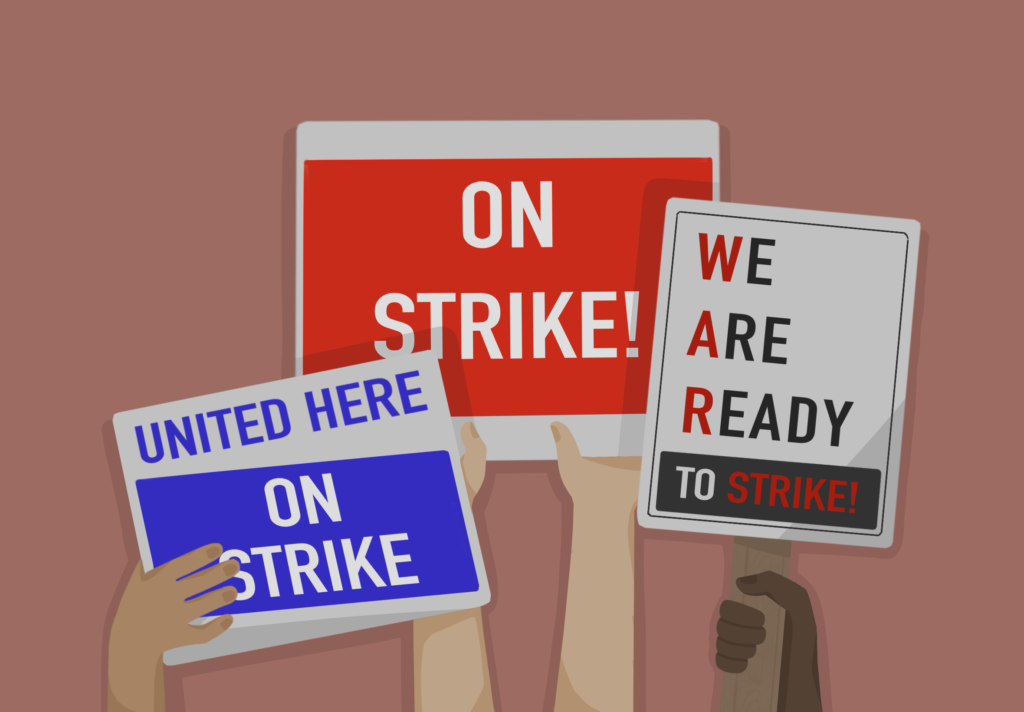n two thousand earthquakes have rocked Puerto Rico, including a devastating magnitude 6.4 earthquake that struck on January 7. As buildings and homes have collapsed, some Puerto Rican evacuees have fled to stay with family and friends in Connecticut, which has a relatively large Puerto Rican community, constituting 10% of the state population.
Many cities in Connecticut, including Hartford, Waterbury, New Haven, and Bridgeport, have announced that they are working with the Connecticut Department of Education (DOE) to accommodate new Puerto Rican students in their public schools and provide them with food, water, and clothing.
The Hartford Public Schools system, located in the city with the largest Hispanic population in Connecticut, published an official statement on its website, which read, in part, “We stand ready to respond to the earthquakes in Puerto Rico by receiving students who have arrived in Hartford and need to attend school.”
The Hartford Public Schools system has already accommodated two new students who arrived in late December from Ponce, a city in Puerto Rico that has been the epicenter for many high-magnitude earthquakes. Many Hartford citizens have also been calling for the government to pressure airlines to lower ticket prices between Puerto Rico and nearby airports, including Bradley International.
Waterbury’s School Intake Center has also been supplied with resources such as school supplies and uniforms to make the transition easier for new students. “There are so many things that people do have to consider, moving into a new city. We just wanted to make certain that worrying about that next step in school … was not going to be one of the obstacles standing in their way,” said Dr. Verna Ruffin, Superintendent of Waterbury Public Schools, in an interview with WFSB.
In an interview with WSHU, New Haven Mayor Justin Elicker revealed that the city will be collaborating with nonprofit organizations to assist the evacuees’ transition. “We are open to taking in all the students that are coming, providing them with the school, transportation, coats, school supplies,” said Danny Diaz, the Coordinator of Parent Engagement at New Haven Public Schools. As of this Tuesday, fourteen new students have enrolled in the New Haven Public Schools System, and more are expected in the coming weeks. New students with limited English proficiency have been placed into bilingual programs at nearby schools. The city intends on supporting these students with federal grants alloted to the city annually through the McKinney-Vento Act, a law that provides local governments funds to help displaced and homeless members of the community.
Although most of the visitors will likely return to Puerto Rico eventually, some may become permanent members of our community. “So far, the ones to whom I’ve spoken to are planning to stay permanently because they’ve lost their homes,” said Mr. Diaz. Junta for Progressive Action, a non-profit organization that supports Latinx communities in New Haven, and the New Haven Latino Council are helping families find homes, rentals, and shelters and hosting fundraisers to raise money for their rent and other necessary expenses. The Stanford-based organization Americares is also seeking donations to fund medical assistance to Puerto Rican families impacted by the earthquakes.
This event is not the first time Puerto Rican families have sought refuge in Connecticut. Following Hurricane Maria in 2017, Connecticut welcomed some thirteen thousand displaced Puerto Ricans, including more than two thousand new students.
Although Connecticut’s DOE doesn’t expect as many relocated students following the earthquakes, it wants to be prepared for any and all new students, so the state has already allocated around $1 million to assist displaced families. “[We want to] make sure that the state Department of Education is positioned to support the districts that are receiving students,” said DOE Comissioner Miguel Cardona to New England Public Radio.




